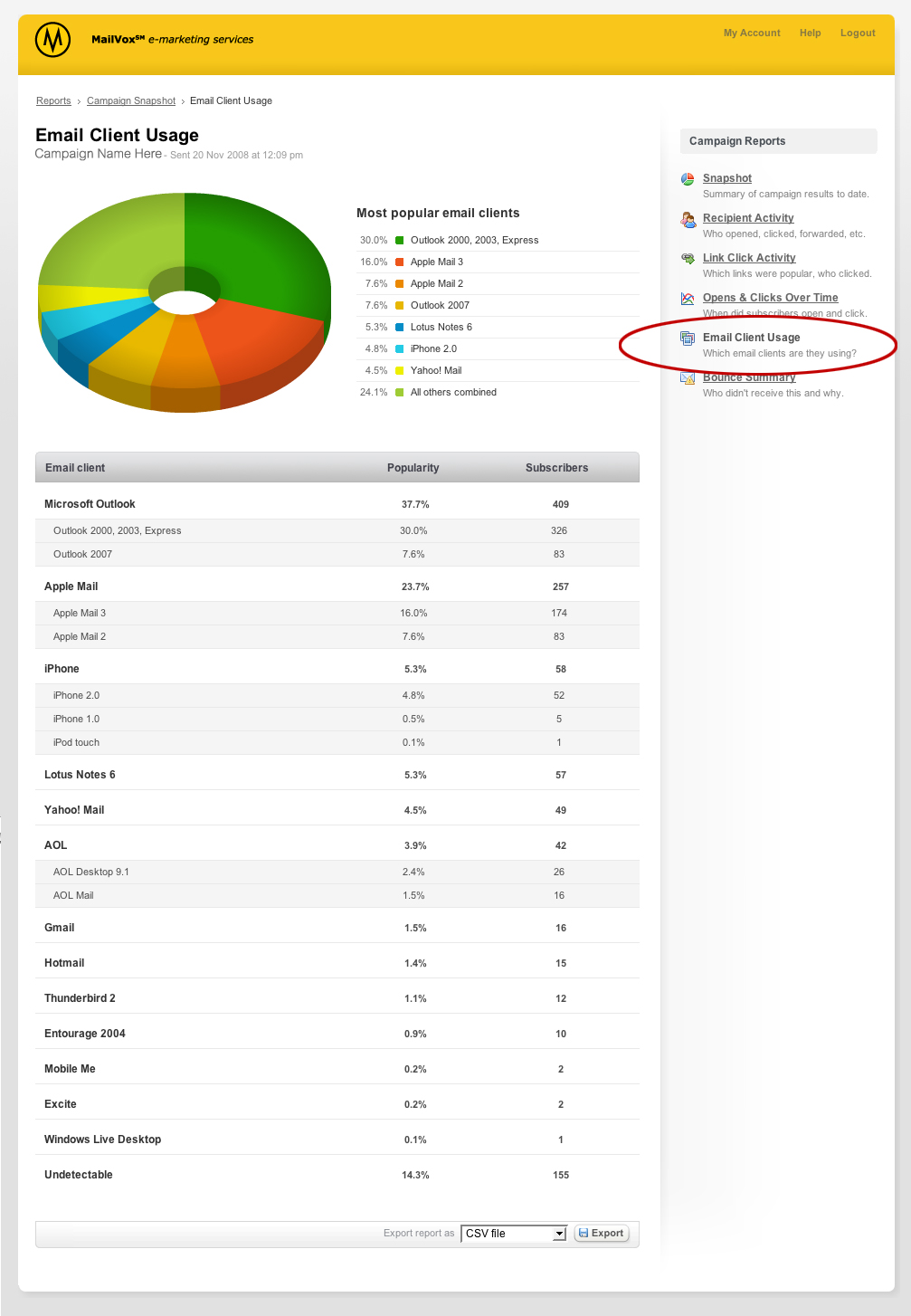 We love giving you the confidence that lets you sleep well at night. To avoid tossing and turning during your next tagline change, use this value tagline do’s and don’ts checklist.
We love giving you the confidence that lets you sleep well at night. To avoid tossing and turning during your next tagline change, use this value tagline do’s and don’ts checklist.
Do
- Strive to be memorable in a positive way.
- Collect and critique other companies’ taglines.
- Keep it short—3-6 believable words are ideal.
- Make the words match your core services.
- Create a customer persona and write to that.
- Be clear, not cryptic.
- Choose clear over clever if you must make a choice.
- Be as specific as possible about what you do, whom you serve, etc.—especially if you are a smaller company.
- Be bold, provocative, engender trust, build confidence.
- Test your tagline.
Don’t
- Be too generic.
- Elicit a negative or sarcastic reaction—it must be believable.
- State a benefit that might be questionable for your company (see above).
- Use corporate-speak or jargon.
- Merely describe what you do—“Serving all your printing needs,” etc.
- Sound pompous.
- Forget to summarize and sell—it’s a pure marketing message you’re creating.
- Use overused words in your industry—“solutions” in the tech sector, etc.
- Open with clichéd benefits—saves time, etc.
- Argue with critics if they’re not getting the message—strongly consider reworking it.
![]()
Tagline and Jingle Inspiration Source. If you want to see taglines and jingles to stoke your creative fires, visit Tagline Guru. You’ll find long lists of each from some well-known companies in a wide range of sectors. It’s fun to see the different taglines that an individual company used over the years, which can provide ammunition to make the case that things change, and so should your tagline. There’s also a ranked list of the “100 Most Influential Taglines Since 1948,” as well as the “30 Most Influential Jingles Since 1948.” See if you agree.
![]()
By Larry Bauer







